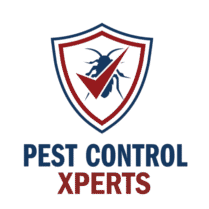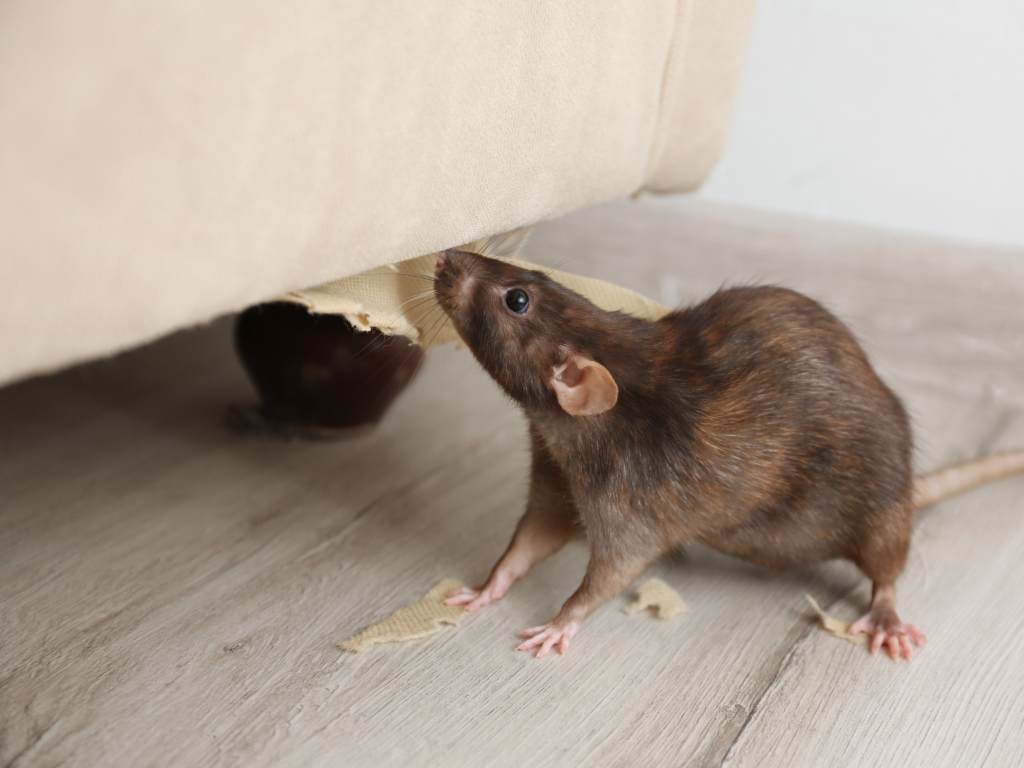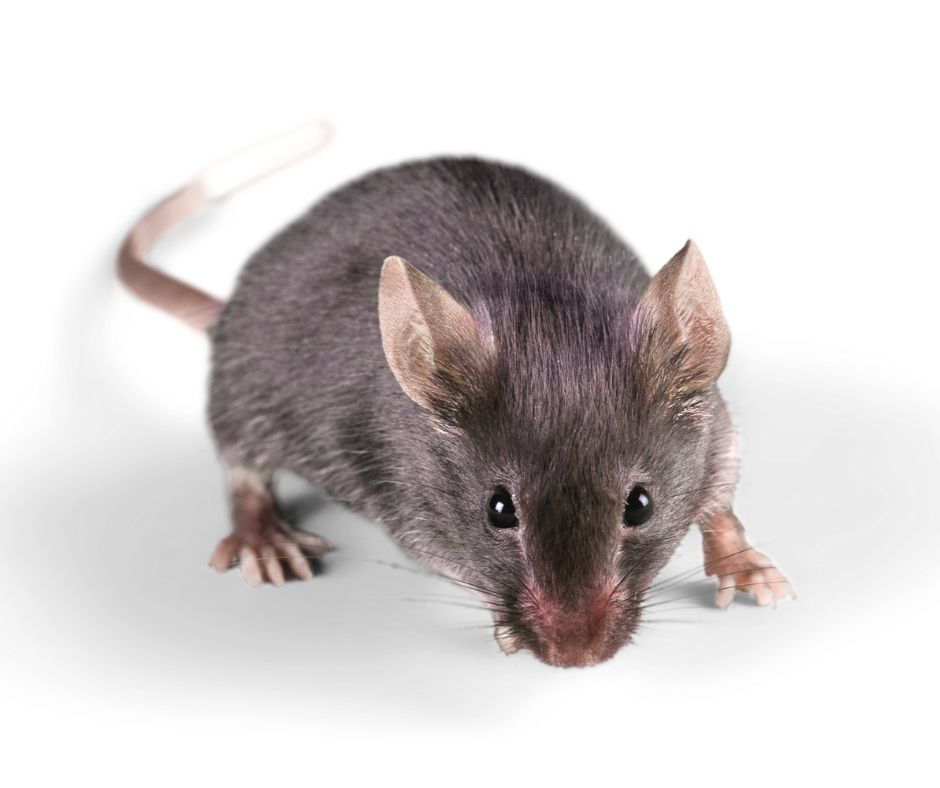Rodent Removal in Ohio
Serving residences and businesses throughout Austintown, Canfield, Deerfield, and Elkton
Rodents such as mice and rats generate a range of problems for families and businesses. Despite their small size, these pests can carry bacteria, contaminate stored food, and cause damage through chewing. Left unaddressed, a few rodents may expand into large colonies that hide behind walls, inside attics, or near foundation gaps. If you want to know how to get rid of rats in Austintown, or how to eliminate mice that appear in basements or kitchens, seeking professional rodent removal in Ohio often yields faster, more comprehensive results. Pest Control Xperts offers thorough services for homes and commercial properties, focusing on extermination, exclusion, and practical tips that stop rodents from returning.
This service page explores reasons mice and rats invade local buildings, the warning signs of an infestation, and how our exterminator in Austintown and surrounding areas (including Canfield, Deerfield, and Elkton) approaches rodent problems. By combining modern products, safe placement, and proven methods, we address active colonies while closing the entry points that rodents exploit. Owners who suspect mouse or rat activity can read on for insights into the seriousness of rodent infestations, the distinct behaviors of each pest, and ways to restore a clean, rodent-free environment.
Why Mice and Rats Thrive in Ohio
Ohio’s climate includes cold winters, warm summers, and variable humidity levels. These factors, paired with building layouts in Austintown, Canfield, Deerfield, and Elkton, create ample hiding spots and easy meals for rodents:
- Abundant Food Sources
Mice and rats scavenge for almost any organic material, from pantry cereals to garbage scraps. Even small crumbs left on counters or floors can sustain a rodent population. Kitchens without sealed containers, pet food bowls left overnight, or overflowing trash encourage rodents. - Shelter in Harsh Weather
During colder months, rodents seek heated interior spaces where they nest near water heaters, furnaces, or behind walls. Rats often burrow near foundations or basements, while mice frequently hide in cluttered storage or behind appliances. Once indoors, stable temperatures allow year-round breeding. - High Reproduction Rates
Mice and rats reproduce quickly, generating multiple litters per year. A small group can escalate into dozens of rodents if left unchecked. Because rodents remain stealthy at night, owners might only realize the problem once droppings accumulate or noises become too obvious. - Structural Gaps
Mice squeeze through holes the size of a dime, while rats need slightly larger openings. Tiny cracks around windows, worn door frames, or even unsealed utility lines let rodents slip inside. Some rats climb rough exteriors, reaching upper floors if they detect shelter or food. - Partial Attempts at Removal
Setting a few traps randomly might eliminate a handful of rodents but miss nests or avoid the primary colony. Rats that sense danger can retreat deeper into walls or switch to secondary travel paths, leading to ongoing issues. Only a strategic plan stops persistent rodent invasions.
Understanding these factors highlights why quick, targeted action is necessary. Owners who wait too long risk more extensive damage and contamination.
The Dangers of a Rodent Infestation
Many property owners think a single mouse or rat is a minor issue, but rodents create risks that worsen if the population grows:
- Food Contamination
Mice and rats spread droppings and urine along their foraging routes, polluting food supplies and kitchen surfaces. Bacteria picked up in unsanitary areas can transfer onto stored products or meal prep counters, raising the chance of foodborne illnesses. - Allergenic Effects
Rodent waste, shed fur, and saliva can irritate allergies or aggravate respiratory conditions. Large numbers of mice or rats produce higher levels of airborne particles that linger in carpet fibers or behind walls. - Structural Harm
Gnawing is a core rodent behavior, helping them wear down teeth. Mice and rats chew on wood beams, insulation, and wiring. Damaged wiring poses electrical fire risks, while weakened framing around windows or floors leads to expensive repairs. - Spread of Fleas or Ticks
Rodents may transport fleas, mites, or ticks indoors. These pests then multiply in corners or on pets, adding more infestations to handle. If a rat or mouse nest teems with fleas, bites can afflict pets or people. - Anxiety and Stress
Hearing scuttling in walls, discovering droppings, or seeing a rat dash across a room sparks unease. Businesses risk negative impressions if customers witness rodents. Residents lose peace of mind, especially if rodents appear repeatedly at night. - Rapid Population Growth
A few mice or rats can birth multiple litters quickly, each containing several offspring. Within weeks, that small colony can become a widespread infestation affecting multiple rooms or neighboring units in multi-family buildings.
For these reasons, owners must address rodent sightings promptly. Consulting a mouse or rat exterminator in Austintown can halt an infestation before it spirals out of control.
Identifying Mice vs. Rats
Though both are rodents, mice and rats differ in size, behaviors, and preferred nesting habits. Recognizing which pest you face can guide the best approach:
- Mice
House mice typically measure two to four inches in body length, featuring large ears and slender tails. Droppings are small, about the size of rice grains, and pointed at the ends. Mice often nest in hidden corners close to food sources, traveling short distances each night. They produce squeaking or rustling noises in walls, especially near kitchens or pantries. - Rats
Norway rats, also called brown rats, can reach seven to nine inches in body length, not counting their thick, scaly tails. Roof rats, though less common in certain Ohio regions, measure similarly but tend to nest higher. Rat droppings are larger, sometimes three quarters of an inch long, with blunt ends. Rats display more cautious behavior around new objects (neophobia) than mice and may burrow near foundations or nest in lower levels. Roof rats climb walls or utility lines, frequently entering upper floors or attics.
Both species gnaw constantly and contaminate areas with droppings or urine. An exterminator pinpoints the species and customizes the solution accordingly.
Signs That You Need Rodent Removal
Certain clues indicate mice or rats are active, which call for rodent removal in Ohio:
- Droppings
Discovering small, dark pellets inside cabinets, near baseboards, or behind appliances confirms rodent presence. Mice produce numerous tiny droppings, while rat droppings are larger and sometimes blunt or capsule-shaped. Fresh droppings appear shiny, while older ones dry out. - Noises at Night
Mice or rats move mainly after dusk. Scurrying, scratching, or gnawing sounds may emanate from walls, ceilings, or crawl spaces. More frequent or louder noises suggest a larger infestation. - Chewed Packaging
Finding holes in cereal boxes, shredded corners of bread bags, or gnaw marks on plastic bins reveals rodents searching for food. Mice often leave smaller tears, while rats produce more robust openings. - Grease Smears
Rodents rub their bodies along walls or floors, leaving slightly dark, greasy marks where repeated travel occurs. Seeing smears near baseboards or foundation edges signals a well-used path. - Nests
Mice gather shredded paper, fabric, or plant fibers to form nests in concealed zones. Rats may make nests from rags, cardboard, or other debris. Locating a hidden nest typically confirms breeding is underway. - Pet Behavior
Dogs or cats fixating on cabinets, sniffing around certain walls, or barking at corners can indicate rodent movement behind surfaces. Animals often detect subtle sounds or odors that owners miss.
Seeing any combination of these red flags means contacting a mouse or rat exterminator in Austintown or surrounding communities is advisable before damage worsens.
Why Professional Rodent Removal Works Better
Though hardware stores sell traps and poisons, deeper rodent infestations call for an expert approach:
- Complete Inspection
Trained technicians evaluate each room, discovering travel routes, nesting areas, or droppings. Locating where rodents feed and hide ensures the right baits or traps go in precise spots. - Safe Product Usage
Rodenticides can pose risks if used improperly. Professionals use secure bait stations that safeguard children or pets while allowing rodents to feed. They also follow label instructions to minimize any impacts on non-target wildlife. - Exclusion Tactics
Killing existing mice or rats does little if new rodents slip in through the same gaps. Exterminators advise on sealing foundation cracks, installing proper door sweeps, or patching utility line holes to prevent re-entry. - Customized Trap Placement
Mice and rats often hug walls or corners. Experts place snap traps or multiple-catch devices where rodents naturally run at night, boosting capture rates. They also know which lures or baits each species responds to. - Addressing Colony Growth
Because rodents breed often, removing only adults does not halt future litters. Follow-up visits confirm that newly birthed juveniles also meet lethal exposure. Thorough coverage ensures long-lasting relief. - Time and Cost Efficiency
Rather than attempting trial-and-error solutions repeatedly, property owners who call professionals typically see faster resolution. This spares them from incremental damage or contamination that adds up over time.
Pest Control Xperts: Rodent Removal in Ohio
Pest Control Xperts delivers mouse and rat removal services throughout Austintown, Canfield, Deerfield, and Elkton, offering local insight and modern strategies:
- Initial Consultation
Our exterminator discusses where rodents have been spotted, how long the problem has persisted, and what areas are most affected. We conduct a walkthrough, noting droppings, entry holes, or nesting materials. Identifying how mice or rats access the property clarifies the solution path. - Tailored Control Plan
Depending on rodent species and infestation scale, we place snap traps, multi-catch devices, or tamper-resistant bait stations in known paths. If moisture or clutter fosters nesting, we suggest improvements. Each decision prioritizes occupant safety while ensuring rodents encounter lethal products. - Exclusion and Sealing
We check foundations, windows, and door frames for small cracks or openings. Mice slip through dime-sized holes; rats require slightly larger gaps. We recommend sealing these points with caulk, steel wool, or metal flashing to block future rodent movement. - Sanitation and Storage Advice
Controlling food sources is key to rodent deterrence. We show owners how to store cereals in sealed plastic or glass, keep pet food contained, and remove daily trash promptly. Fixing leaks or lowering humidity in basements also helps push mice or rats out. - Ongoing Monitoring
Because rodents reproduce fast, we check results after the initial service. If droppings persist or new noise arises, we adjust trap placements or refresh baits. Our goal is full resolution so owners do not worry about recurring rodent sightings. - Long-Term Prevention Tips
Once mice or rats are eliminated, continuing vigilance stops re-infestations. Scheduling annual or semiannual inspections in higher-risk buildings or older homes helps detect subtle rodent returns early.
Best Practices for Avoiding Future Infestations
Maintaining a rodent-free space calls for consistent upkeep:
- Use Secure Containers
Transferring dry goods (cereal, rice, or pet kibble) to sturdy plastic or metal bins removes easy feeding stations for rodents that chew through paper or cardboard. - Manage Yard Debris
Rats often burrow near foundations if shrubs or stacked wood remain close by. Trimming vegetation and storing firewood away from walls deters them from creeping inside. Removing leaf piles also denies them hidden spots. - Immediate Repairs
If windows, doors, or vents lose their seals, fix them promptly. Even a slight warp in weatherstripping can become an entrance for mice. Checking for new cracks after each season ensures buildings remain sealed. - Regular Inspections
Occasionally checking attics, crawl spaces, or basements for fresh droppings helps catch rodents early. If owners see any suspicious activity, contacting an exterminator quickly prevents breeding cycles from exploding. - Empty Trash Daily
Overflowing indoor trash or poorly sealed garbage bins outside lure rodents looking for discarded food. Using outdoor bins with locking lids also cuts down on roving rats or mice rummaging around the property. - Pet Food Control
Pets left with open bowls overnight can inadvertently feed a group of mice. Keeping pet feeding areas clean and storing extra kibble in sealed containers helps protect that food from rodents.
Why Austintown Chooses Pest Control Xperts
Property owners in Austintown, Canfield, Deerfield, and Elkton value Pest Control Xperts for multiple reasons:
- Local Knowledge
We understand how rodents enter local buildings based on typical construction styles and climate shifts. This familiarity guides targeted solutions that fit each setting’s unique vulnerabilities. - Trained and Certified Staff
Our exterminator team studies rodent biology, modern rodenticide usage, and integrated pest management methods. This expertise ensures safe deployment of baits, traps, or sealing techniques. - Clear Communication
We explain how to get rid of rats or mice in Austintown thoroughly, outlining each recommended measure. Owners learn the purpose behind certain traps or products, including how long results might take. - Safety and Precision
By placing tamper-resistant bait stations in discreet areas, we protect children, pets, or wildlife from accidental contact. Our staff also follows best practices for minimal disruption to daily routines. - Holistic Approach
We address immediate infestations while focusing on exclusion, sanitation tips, and occupant cooperation to prevent new rodents from moving in. This combination yields lasting results, not just a temporary fix. - Responsive Follow-Up
If rodents linger or reappear, we reevaluate conditions and refine strategies. We do not disappear after one visit; we stand by our service until owners feel secure their buildings are rodent-free.
Contact Pest Control Xperts for Rodent Removal in Ohio
Rodent sightings or droppings usually point to a hidden nest and ongoing breeding. Rather than letting mice or rats compromise health, food supplies, or interior structures, contact Pest Control Xperts. We specialize in rodent removal in Ohio, providing immediate, effective solutions for buildings in Austintown, Canfield, Deerfield, and Elkton. Our exterminator begins with a thorough inspection to determine entry points, nest sites, and how advanced the infestation is.
After identifying whether you face a mouse population, rats, or both, we design a customized plan involving secure bait stations, trap placements, and any necessary sealing of openings. Because rodents can reproduce rapidly, we encourage quick intervention. A short delay might give mice or rats extra time to expand colonies or cause further contamination. Once we remove the current rodents, we advise on improvements such as sealing cracks, storing foods in sturdy bins, or fixing leaks to discourage new arrivals.
Acting early spares property owners extensive damage or contaminated products. Through collaboration with Pest Control Xperts, owners learn about long-term prevention so that rodents do not return. Our thorough, customer-focused approach helps families, businesses, and institutions regain a sense of security and cleanliness. Reach out now for an inspection or more details on how to get rid of rats or mice in Austintown and beyond. We look forward to restoring your property to a calm, rodent-free state.





